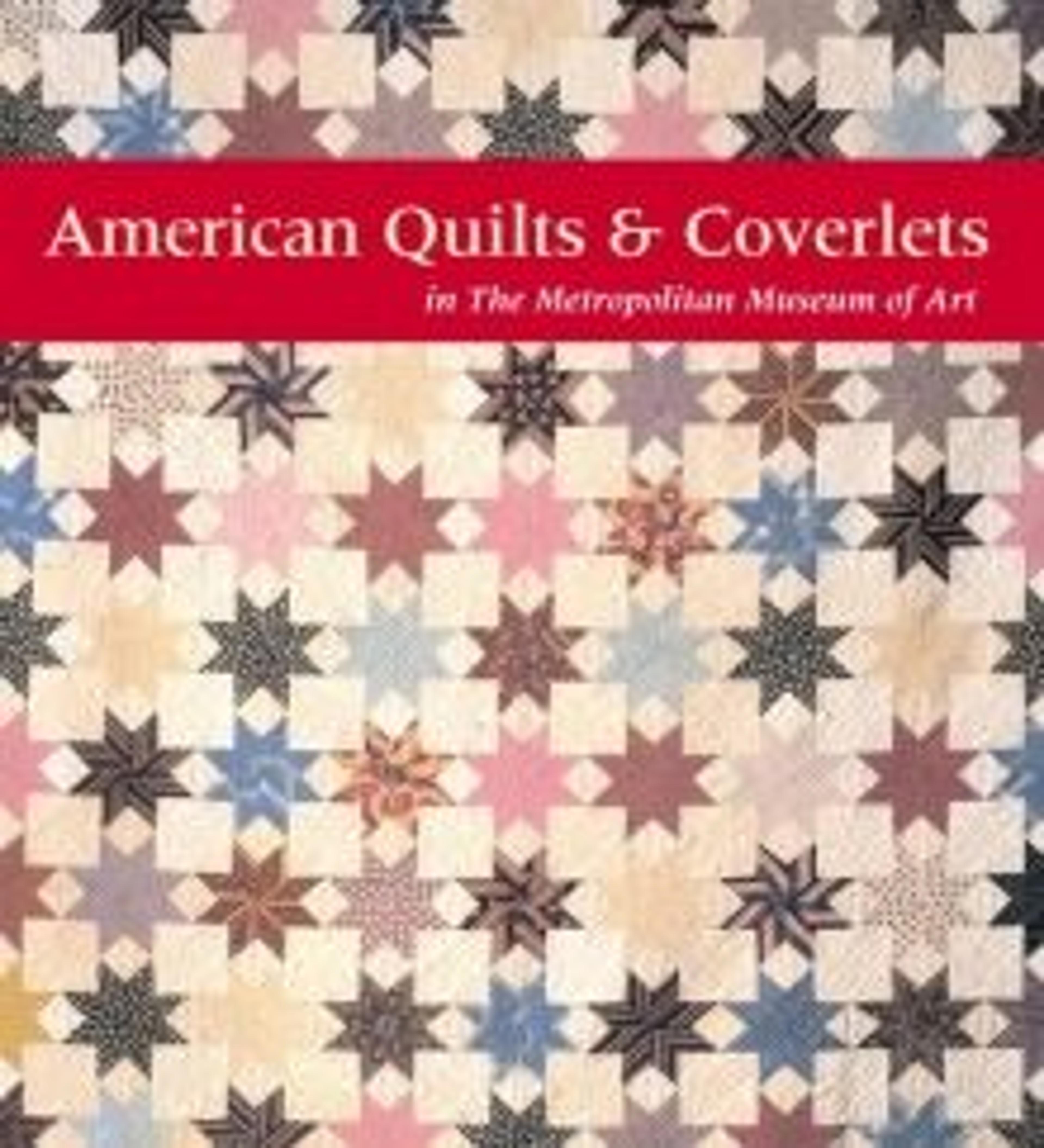Quilt, Strip pattern
The appearance of a Strip quilt is usually very like that of a wholecloth quilt, even though it is technically pieced. Like wholecloth quilts, the makers of Strip quilts like this example and another in the collection (1990.40.1) were concerned with showing off the large pieces of fancy fabric with which the quilts are made, rather than calling attention to an intricately pieced design. While some of the pieces of fabrics in this quilt were probably left-overs from other home-furnishing projects, others may have been purchased specifically with the quilt in mind. All these fabrics have large-scale patterns that would not have been as visually effective if the quilt maker had chosen to cut them into small pieces to be stitched into an ordinary pieced quilt. The fabrics in this quilt were manufactured in England during the period between 1815 and 1825; some were quite common and match fabrics in other museums' collections. A few of the fabrics are block printed, and others are roller printed. Most of them are not of the finest quality available at the time, but this quilt is a particularly good illustration of early nineteenth-century fashions in upholstery and drapery fabrics. Bird and pillar prints were favorites, and the way the strips are placed mimics the vertical composition of contemporaneous fabric designs. The fabric strips are placed so that they mirror one another, making the quilt symmetrical outward from the center strip.
Artwork Details
- Title:Quilt, Strip pattern
- Date:ca. 1825
- Geography:Made in New England, United States
- Culture:American
- Medium:Cotton
- Dimensions:102 1/4 x 89 1/4 in. (259.7 x 226.7 cm)
- Credit Line:Bequest of Flora E. Whiting, 1971
- Object Number:1971.180.125
- Curatorial Department: The American Wing
More Artwork
Research Resources
The Met provides unparalleled resources for research and welcomes an international community of students and scholars. The Met's Open Access API is where creators and researchers can connect to the The Met collection. Open Access data and public domain images are available for unrestricted commercial and noncommercial use without permission or fee.
To request images under copyright and other restrictions, please use this Image Request form.
Feedback
We continue to research and examine historical and cultural context for objects in The Met collection. If you have comments or questions about this object record, please contact us using the form below. The Museum looks forward to receiving your comments.
